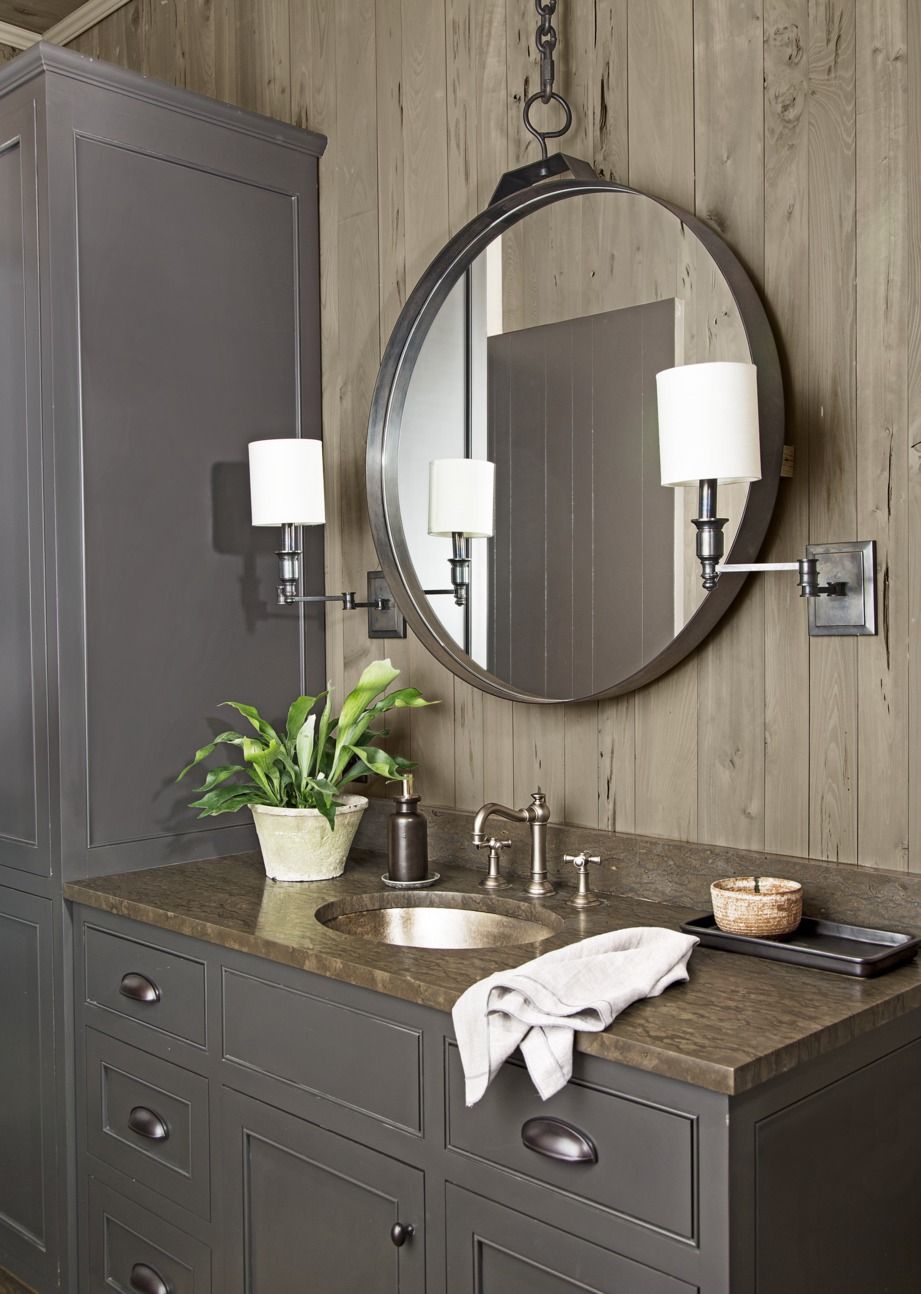Last but not least the vanity of yours also can the grounds for your bathroom mirror, though typically the mirror isn't part on the bathroom vanity itself. This sort of vanity fulfills your special needs, and if you need any particular design you can quickly get it.
Images about Bathroom Vanity Lighting Design
/cdn.vox-cdn.com/uploads/chorus_asset/file/21695959/iStock_1067058352.jpg)
Many bathroom vanities come pre constructed; however, right now there are also expandable or collapsible vanities out there. It's a terrific first option for redecorating any bathroom with the vanity turning out to be the primary feature in a bathroom. If perhaps you have a higher budget, you really should employ an interior designer to carry out the designing for you.
Bathroom Lighting Design Ideas HGTV
A bathroom vanity is a portion of furniture with a selection of applications. It is currently the most perfect place to enable all of your bathroom ideas to course and convey your beautifying flair. A clever fashionable bathroom vanity is a clean lined vanity cabinet finished off with laminate, light toned wood like birch or maybe possibly hash wood with little or no cabinetry hardware.
How to Get Your Bathroom Vanity Lighting Right
Walnut stained alder wood or maybe any other wood is a fantastic material which can be used for bathroom vanity. It will fill in much more location in your bathroom making a statement in this particular space. Again, this's the perfect time to add your special style, you can actually voice yourself with bathroom vanity box hardware.
How to Light a Bathroom Vanity YLighting Ideas
51 Bathroom Vanity Lights to Rejuvenate Any Bathroom Decor Style
Your Guide to Perfect Bathroom Vanity Lighting
51 Bathroom Vanity Lights to Rejuvenate Any Bathroom Decor Style
Best Bathroom Vanity Lighting – Lightology
22 Bathroom Vanity Lighting Ideas to Brighten Up Your Mornings
Lighting Up the Bathroom with Bathroom Vanity Lighting – Ideas
Dimmable Modern LED Bathroom Vanity Lights 24 inch, HUOKU 12W Spiral Design Black Wall Light Fixtures for Bathroom, Living Room and Hallway, 6000K
22 Bathroom Vanity Lighting Ideas to Brighten Up Your Mornings
Designers Fountain 24 in. Elliott 3-Light Matte Black Industrial
25 Bathroom Lighting Ideas – Best Bathroom Vanity Lighting Ideas
Related Posts:
- Unique Bathroom Vanity Lights
- Teal Bathroom Vanity
- 21 Inch Wide Bathroom Vanity
- Refurbished Bathroom Vanity
- 32 Inch Bathroom Vanity With Sink
- Curved Front Bathroom Vanity
- Cambria Quartz Bathroom Vanity Tops
- Narrow Bathroom Vanity And Sink
- 48 Inch Rustic Bathroom Vanity
- Bathroom Vanity Decor Ideas












